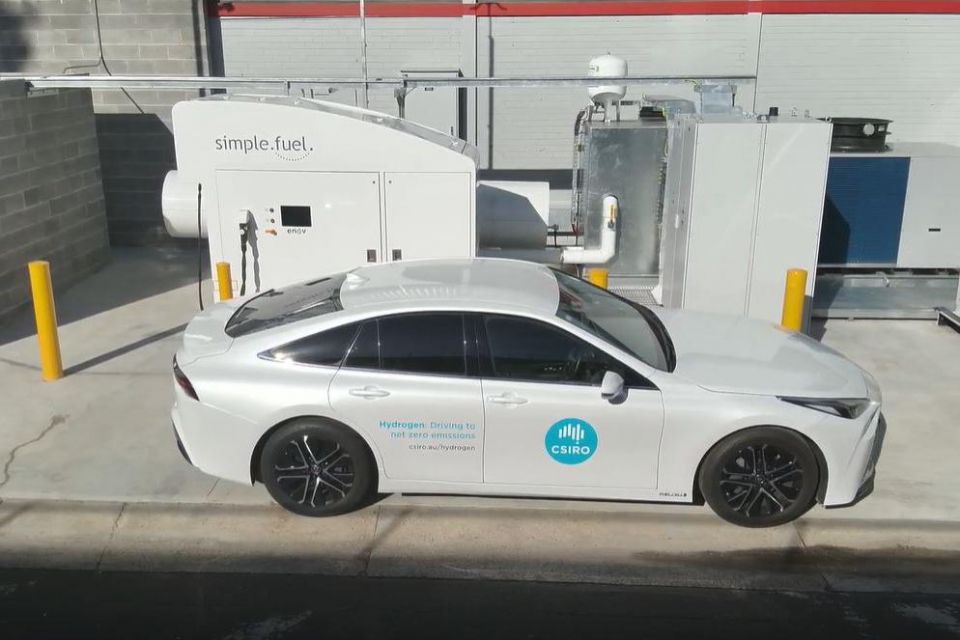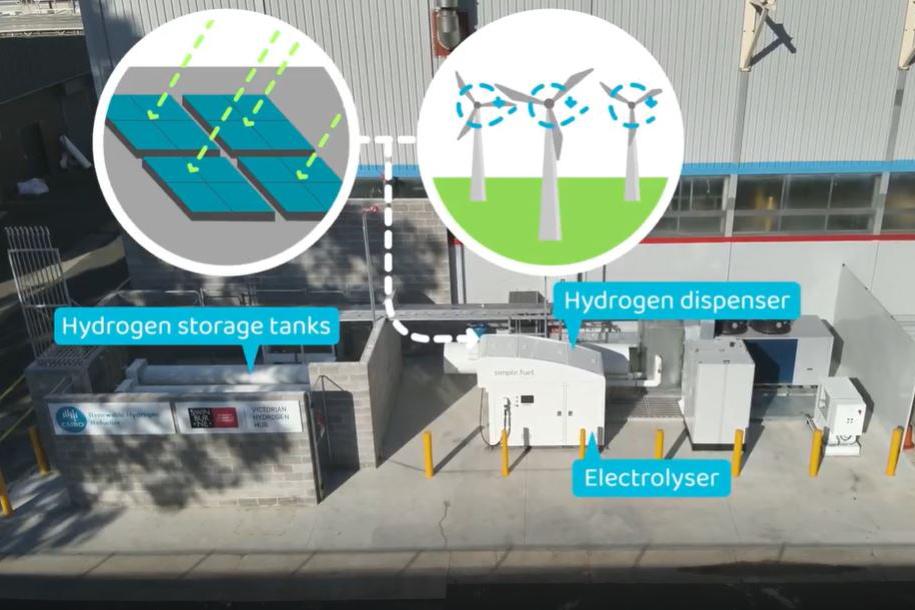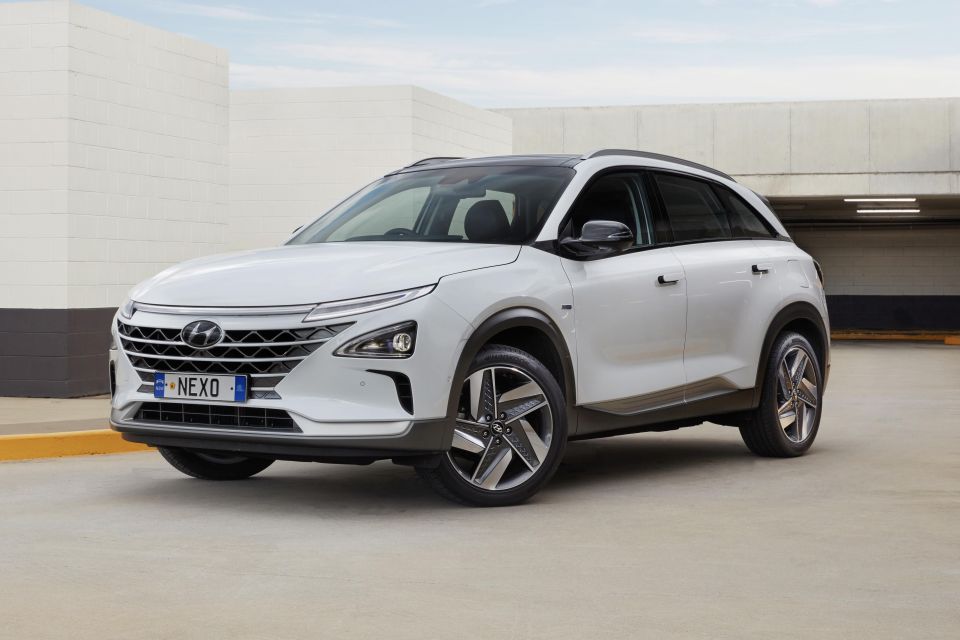

CarExpert.com.au
The CarExpert team's favourite cars of 2025
2 Hours Ago
A new hydrogen refuelling station in Melbourne can generate up to 20kg of green hydrogen per day and has a storage capacity of 80kg.

Contributor


Contributor
Australian Government scientific research agency CSIRO and Swinburne University’s Victorian Hydrogen Hub have launched a new hydrogen refuelling station in Melbourne’s south east.
Located at CSIRO’s site in Clayton, Victoria, this $2.5 million refuelling station uses green hydrogen produced with electricity from “renewable sources”. It’s unclear what these renewable sources are exactly.
This hydrogen refuelling site has been purpose-built for “enabling hydrogen research”. It can generate up to 20kg of green hydrogen per day through electrolysis, and has a storage capacity of 80kg.
For context, the Toyota Mirai hydrogen fuel cell electric vehicle (FCEV) has a hydrogen tank capacity of 5.6kg. This theoretically means it could fully refilled around 14 times if the facility is fully stocked with hydrogen.

The Mirai has a claimed range of 650km according to WLTP testing and can be completely refuelled in around five minutes.
“The launch of the hydrogen station brings Australia another step closer to creating a carbon neutral world by 2050 or earlier,” said Swinburne University deputy vice-chancellor research Professor Karen Hapgood.
“Hydrogen plays a key part in our transition to clean energy, and demonstration projects such as these help to test technical, regulatory and economic aspects of hydrogen refuelling infrastructure, and support the urgent training and workforce development for this expanding hydrogen energy ecosystem.”
At this stage there is only one other in Melbourne, which is owned by Toyota and powered in part by a solar array. There’s also a hydrogen refuelling station operated by ActewAGL in Canberra, ACT.


Victoria, New South Wales and Queensland are collaborating on a renewable hydrogen refuelling superhighway to connect the country’s eastern seaboard.
Toyota and Hyundai also recently signed a memorandum of understanding to work together alongside Ampol and Pacific Energy to develop hydrogen refuelling infrastructure in Australia.
There are currently two FCEVs available to Australians – the Toyota Mirai and Hyundai Nexo – which are both offered on lease agreements.
Toyota is also currently running a pilot program of HiAce van prototype with a hydrogen-fuelled internal-combustion engine (ICE) in Australia, while BMW plans to bring hydrogen-powered iX5 ‘demonstration vehicles’ to Australia early in 2024.
Jack Quick is an automotive journalist based in Melbourne. Jack studied journalism and photography at Deakin University in Burwood, and previously represented the university in dance nationally. In his spare time, he loves to pump Charli XCX and play a bit of Grand Theft Auto. He’s also the proud owner of a blue, manual 2020 Suzuki Jimny.


CarExpert.com.au
2 Hours Ago


Damion Smy
15 Hours Ago


Damion Smy
18 Hours Ago


Damion Smy
22 Hours Ago


Damion Smy
24 Hours Ago


Damion Smy
24 Hours Ago